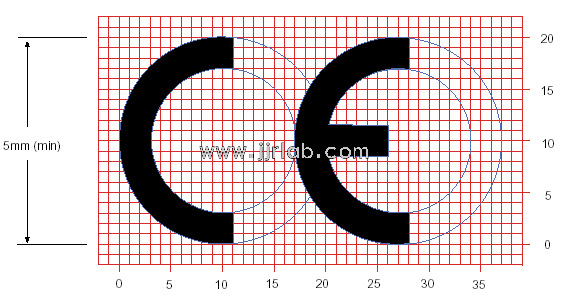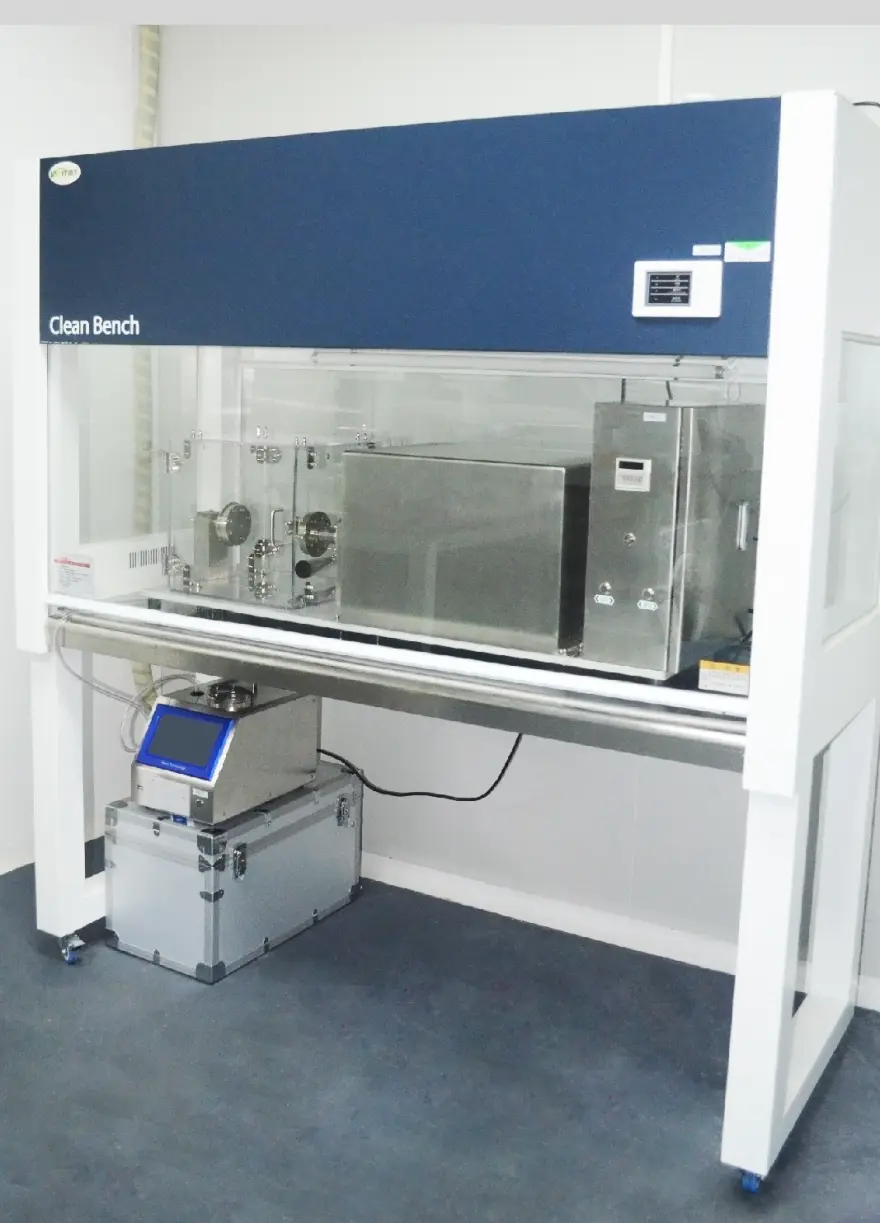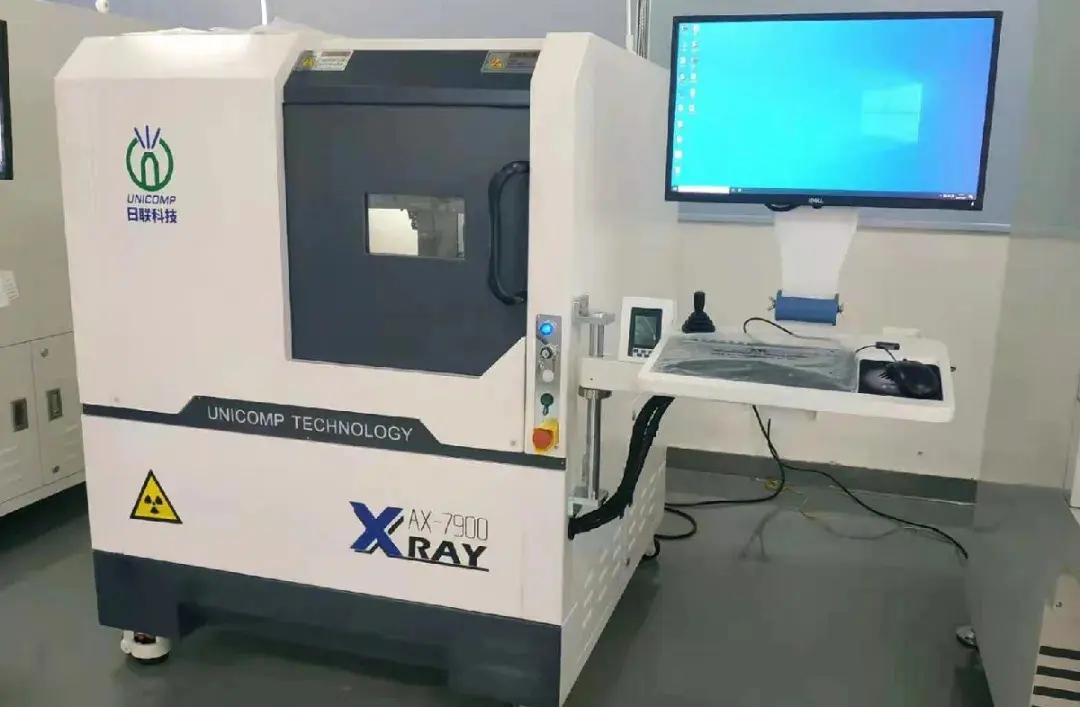
What is CE Certification for Wireless Products?
CE certification means that the product complies with the requirements defined in the applicable EC directives. Wireless products must comply with the Radio Equipment Directive (RED) 2014/53/EU, RoHS 2011/65/EU, and Waste Electrical and Electronic Equipment Directive (WEEE Directive) 2012/19/EU.

RED (Radio Equipment Directive) certification is one of the mandatory CE certification schemes for wireless products in the EU. Products with wireless transmission frequencies, such as tablets, wireless doorbells, Bluetooth devices, WiFi devices, wireless alarm systems, radio receiving and transmitting devices, phones, computers, etc., are required to apply for RED certification.
Since May 22, 2014, the EU introduced the new Radio Equipment Directive RED 2014/53/EU, which is based on the new CE framework decision 768/2008/EC. The RED 2014/53/EU replaced the former EU Radio Equipment Directive R&TTE-D 1999/5/EC. All wireless products must comply with the RED directive before being circulated in the EU market.
R&TTE: (Radio and Telecommunications Terminal Equipment Directive), Radio and Telecommunications Terminal Directive. R&TTE certification overview: upgraded to RED Directive certification. Wireless remote control products and communication products exported to the EU must comply with the R&TTE directive (Radio and Telecommunications Terminal Equipment Directive) - 1999/5/EC. The EU’s new RED directive RED 2014/53/EU was enforced on June 13, 2017. Products complying with the old R&TTE directive are no longer allowed to be sold in the EU market. Any products placed on the market after June 13, 2017, must comply with the RED directive.
The RED directive mainly consists of three parts:
1. Safety (Article 3.1a): Directly referencing the LVD (2006/95/EC) directive.
2. EMC (Article 3.1b): Essentially equivalent to the EMC (2004/108/EC) directive, with test standards being the ETSI EN 301489 series.
3. Spectrum (Article 3.2): Requirements for efficient use of the spectrum. Test standards vary depending on the product category, frequency band, and wireless technology, such as ETSI EN300328, EN300440, EN301357, EN300220, etc.
Purpose of the New RED Directive
1. Clarify the scope of spectrum usage.
2. Improve the effectiveness of spectrum usage.
3. Facilitate the enforcement of regulations and market surveillance between member states.
Wireless products must undergo testing and obtain certification according to the RED directive before they can be legally sold in EU countries. They must also carry the CE mark. Wireless remote control products must comply with the RED directive RED 2014/53/EU.
CE Certification Testing Standards for Various Wireless Products
- ETSI EN 301489-1: General requirements for the EMC part of wireless products CE certification.
- ETSI EN 301489-3: Special requirements for the EMC part of CE certification for short-range wireless products, such as 433.92MHz wireless doorbells.
- ETSI EN 301489-7: Special requirements for the EMC part of CE certification for wireless products with GSM functions, such as GSM mobile phones.
- ETSI EN 301489-17: General requirements for the EMC part of CE certification for broadband modulated products, such as Bluetooth headsets and tablets with WiFi functions.
- ETSI EN 300220-1/-2: CE certification test standards for short-range wireless products with frequencies between 25~1000MHz and power less than 500mW, such as 433.92MHz wireless doorbells.
- ETSI EN 300330-1/-2: CE certification test standards for short-range wireless products with frequencies between 9KHz~25MHz, such as 13.56MHz RFID products.
- ETSI EN 300440-1/-2: CE certification test standards for broadband modulated products excluding Bluetooth and WiFi, such as 2.4G FSK modulated gaming remote controllers. However, for products using frequency hopping technology (FHSS), the number of channels must be at least 20.
- ETSI EN 300328: CE certification test standards for broadband modulated products operating in the 2.4G ISM band, such as Bluetooth headsets and tablets with WiFi functions.
- ETSI EN 301511: CE certification test standards for electronic products with GSM communication functions, such as GSM mobile phones and tablets with GSM functions. The SAR standard is EN 62209.
- ETSI EN 301908-1/-2: CE certification test standards for electronic products with WCDMA functions, such as WCDMA 3G mobile phones and tablets with WCDMA 3G functions.
- en 62479: Health assessment requirements for low-power, portable wireless products with RF output power (EIRP) less than 20mW.
- EN 62311: Health assessment requirements for wireless products, where the product must be used at least 20cm away from the body, such as wireless cameras with WiFi functions.
CE Certification RED Directive Product Certification Scope for Wireless Products
1. Short-range wireless remote control products (SRD), such as remote control toy cars, remote control alarm systems, remote control doorbells, remote control switches, remote control mice, keyboards, etc.
2. Professional wireless remote control products (PMR), such as professional wireless walkie-talkies, wireless microphones, etc.
3. Wireless phones CTO, CT1, CT1+…
4. ISDN (Digital telephone products)
5. DECT (Enhanced digital cordless phones)
6. Mobile phones GSM, CDMA testing
7. Bluetooth products, such as Bluetooth headsets
8. Inductive data transmission devices with operating frequencies < 9 kHz.
9. Wireless broadcast receiving equipment
CE Certification EN300328 Testing Report Processing Steps for Wireless Products
1. Submit product information, including purpose, style, images, and relevant parameters for quotation.
2. The certification body sends the relevant quotation to the client, including project operation time, certificate sample, amount, and required materials.
3. The manufacturer sends samples to start the process. Manufacturers must cooperate by submitting documents as required. Some projects may require factory inspection, and the specific operation method of certification is executed according to regulations.
4. Confirm the certificate information, pay the balance, and obtain the certificate.
Required Documents for RED
1. Customer instructions;
2. Circuit diagram;
3. Block diagram (Block Diagram, also called control module function diagram);
4. PCB layout;
5. PCB placement;
6. Operational description (explanation of the block diagram);
7. BOM (Bill of Materials);
8. Label;
9. Wireless antenna specifications (or sensitivity diagram);
10. LVD report for the charging head;
11. Frequency-setting software.
It is important to note that different types of wireless devices may have different applicable EU CE certification standards and testing requirements. Therefore, before applying for CE certification, it is advisable to consult with the certification body regarding the relevant requirements and procedures to ensure a smooth application process.
Email:hello@jjrlab.com
Write your message here and send it to us
 Packaging Validation ISO 11607 Test Report
Packaging Validation ISO 11607 Test Report
 What is the ISO 11607-1 Packaging Validation Test?
What is the ISO 11607-1 Packaging Validation Test?
 How to get an ISO 11737-1 Test Report?
How to get an ISO 11737-1 Test Report?
 Orthopedic Implant Cleanliness Testing
Orthopedic Implant Cleanliness Testing
 What is ISO 10993-23:2021 Irritation Testing?
What is ISO 10993-23:2021 Irritation Testing?
 ISO 10993-23 Irritation Testing Laboratory
ISO 10993-23 Irritation Testing Laboratory
 EMI Emissions Testing
EMI Emissions Testing
 EMC Standards for Medical Devices
EMC Standards for Medical Devices
Leave us a message
24-hour online customer service at any time to respond, so that you worry!




